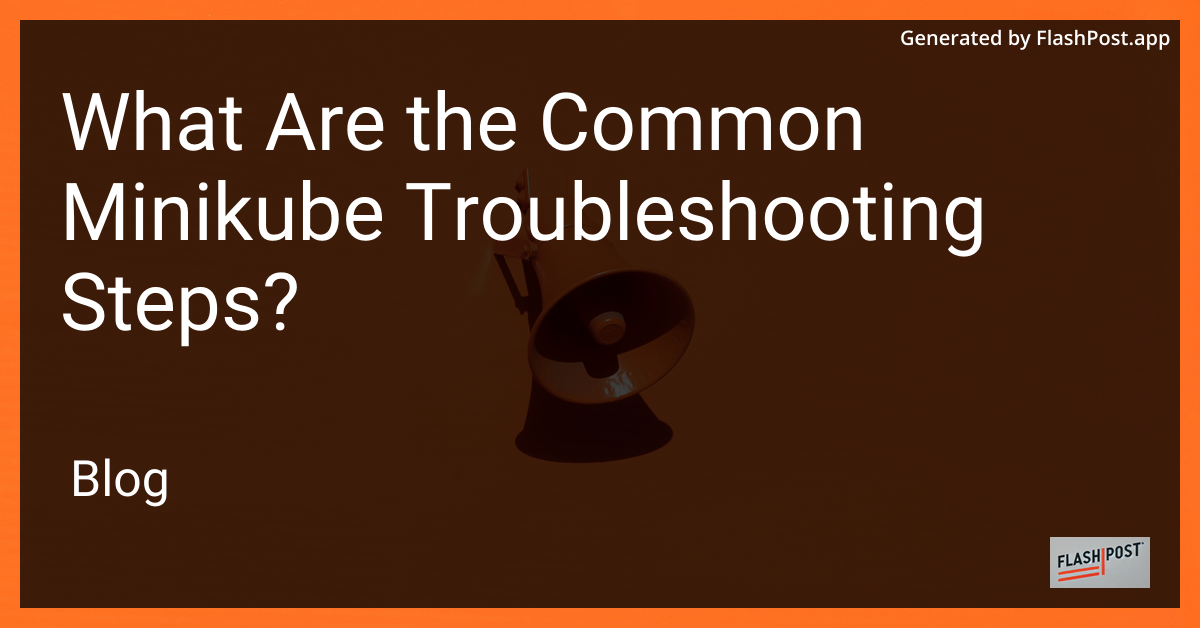
Minikube is a popular tool for running Kubernetes clusters locally. While it's designed to be user-friendly, users may encounter various issues during setup and operation. This article outlines some common Minikube troubleshooting steps to help you overcome these challenges.
If you are facing issues with Minikube, the first step is to check its status. Run the command:
minikube statusThis command provides details about the current state of Minikube, such as the cluster and the various components.
Sometimes, a simple restart can resolve unexpected issues. Use the following command to restart Minikube:
minikube stop && minikube startIf restarting doesn't help, consider deleting the existing Minikube cluster and starting fresh:
minikube deleteFollowed by:
minikube startThis process can help clear out configurations that might be causing problems.
Ensure you can access the Minikube services from outside the cluster. Read our detailed guide on how to access Minikube services.
Logs offer insights into what might be going wrong. Use the following command to view Minikube logs:
minikube logsNetwork and DNS misconfigurations are common issues. Ensure your DNS is set up correctly and that network configurations align with your setup requirements.
For detailed troubleshooting, you can refer to our forum post on accessing Minikube from outside.
If all else fails, consider reinstalling Minikube, particularly if you suspect a corrupted installation. See our guide on Minikube installation on CentOS for detailed instructions.
By following these troubleshooting steps, you can address most common issues encountered while using Minikube. For persistent problems, consult the Minikube documentation or community forums for further assistance.